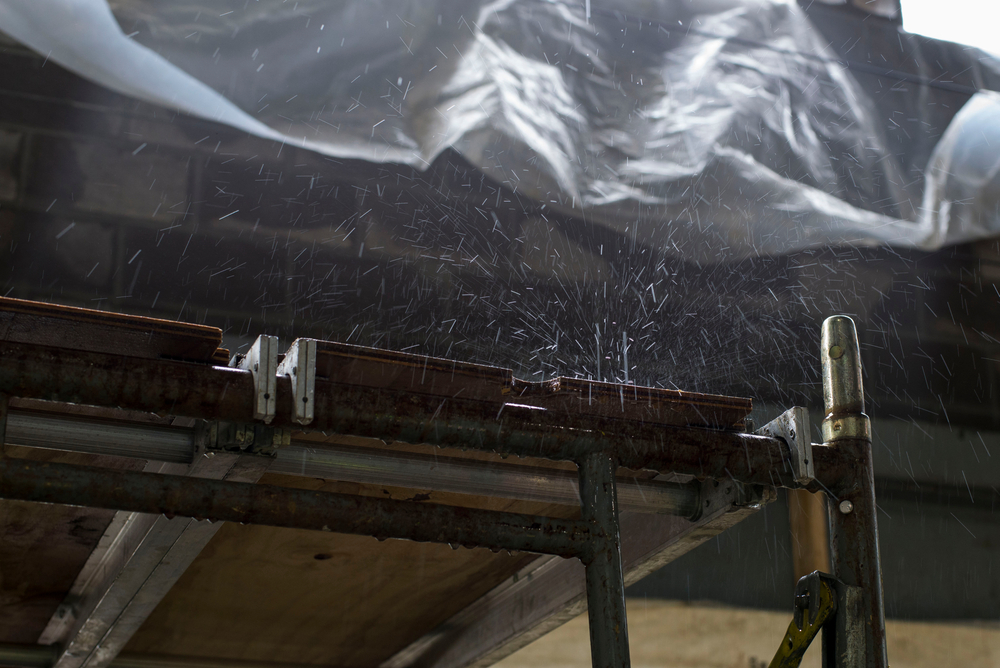What To Do With Wet Safety Decking
As we have stated in many of our previous blogs, safety decking is an industry leading fall prevention system. The system is becoming ever the more popular with scaffolding companies. This is largely due to its incredible health and safety benefits.
While the advantages of safety decking far outweigh the negatives; such as the incredibly easy installation process and the previously mentioned fall protection technology, there are some instances where this industry leading safety platform technology can be a slight hindrance or minor hiccup.
No matter the month in the UK, we can unfortunately see quite a lot of rainfall. This inevitably leads to wet and slippery decking. With the majority of safety decking being plastic, this creates even more of a problem. Although it might go without saying, we thought it best to state it here, plastic when wet, can be very slippery.
As you might have already guessed, having slippery flooring can lead to potentially catastrophic incidents.
Luckily, the safety decking system supplied by Network Scaffolding is non-slip and extremely versatile. Although our product is non-slip, there are still certain steps you should take. This is to ensure the integrity of the structure and quality remain as consistent as ever. As such, let’s look at what to do with wet safety decking or any other scaffold decking for that matter.
Dry It Safely And Effectively
It might go without saying, but if your decking is wet, you will want to dry it as soon as possible. You should do so safely and effectively. Although our technology is non-slip, keeping your decking as dry as possible is always a benefit.
There are many ways you can dry your decking. These can include simply using paper towels and/or other clothes to quickly dry them. Or, even using a dehumidifier if you happen to have the time and facilities to do so.
Remove Leaves
Depending where your scaffolding has been erected, you might garner a range of leaves on your structure. When wet, leaves produce another potential slip hazard.
Because of this, you will do well to promptly and effectively remove the leaves as soon as they fall onto your structure. The sentiment is echoed for any other debris. Aside from the fact these can get in the way of the scaffolder working; they can also encourage formation of mould and other unwanted bacteria if left unchecked.
Safely Remove Ice
While we might not be expecting ice to form on our safety decking anytime soon, during the winter months, ice on decking can be a real problem.
Workers should probably not be working in icy conditions; you can either wait for the ice to melt or, the more popular method, remove it with a shovel. Additionally, you can stop the ice from forming in the first place by laying down grit before the ice has had chance to form.
Contact Us
If you have any questions regarding scaffold erecting in Derbyshire or plastic hoarding; please do not hesitate to get in touch.

